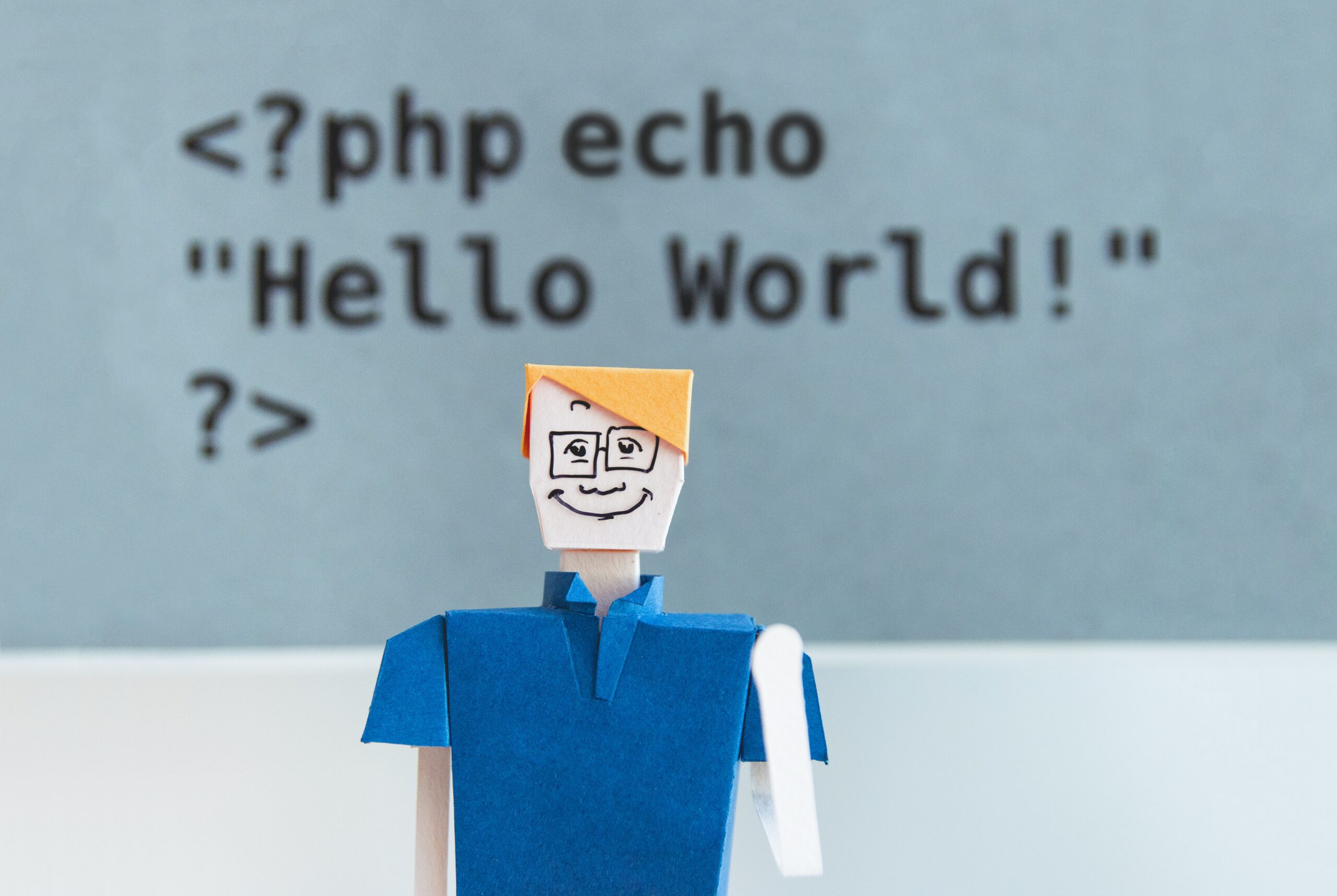Choosing the right programming language can be a daunting task, especially with the wide array of options available. In this article, we will compare and contrast five popular programming languages: Scratch, JavaScript, C, Julia, and C++. By understanding the strengths and weaknesses of each language, you can make an informed decision on which one is best suited for your needs.
1. Scratch
Scratch is a visual programming language designed for beginners, particularly children. It uses a block-based interface that allows users to drag and drop different code blocks to create programs. Scratch is great for learning the basics of programming and developing logical thinking skills. However, it may not be suitable for complex or performance-intensive projects.
- Best for: Beginners, especially children, due to its intuitive drag-and-drop block-based coding system.
- Uses: Creating animations, games, and interactive stories.
- Features: Easy to learn, visual interface, large online community, free and open-source.
- Limitations: Not suitable for complex projects, limited functionality compared to other languages.
2. JavaScript W3Schools maintains a complete JavaScript reference, including all HTML and browser objects. The reference contains examples for all properties,
JavaScript is a versatile programming language that is primarily used for web development. It is supported by all major web browsers and allows developers to add interactivity and dynamic content to websites. JavaScript is also used in server-side development (Node.js) and mobile app development (React Native). It has a large and active community, making it easy to find resources and support. JavaScript is a good choice for web-related projects.
- Best for: Web development, both front-end and back-end, creating interactive web pages and applications.
- Uses: Websites, web games, mobile apps, user interfaces.
- Features: Versatile, widely used, large community and resources, runs in web browsers without additional software.
- Limitations: Can be challenging for beginners, requires understanding of web technologies like HTML and CSS.
3. C is a general-purpose programming language created by Dennis Ritchie at the Bell Laboratories in 1972. It is a very popular language
C is a low-level programming language that is known for its efficiency and performance. It is widely used in system programming, embedded systems, and operating systems. C provides direct access to memory and hardware, making it suitable for projects that require fine-grained control and optimization. However, C has a steeper learning curve compared to higher-level languages and may not be the best choice for beginners.
4. Julia The official website for the Julia Language. Julia is a language that is fast, dynamic, easy to use, and open source. Click here to learn more.
Julia is a relatively new programming language that aims to combine the performance of low-level languages like C with the ease of use of high-level languages like Python. It is designed for scientific computing and data analysis, with a focus on numerical accuracy and speed. Julia has a growing ecosystem of packages and libraries, making it a good choice for researchers and data scientists.
- Best for: Scientific computing, numerical analysis, machine learning.
- Uses: Data science, mathematical modeling, high-performance scientific simulations.
- Features: Fast, easy to use, concise syntax, powerful libraries for scientific computing.
- Limitations: Not as widely used as other languages, smaller community and resources compared to JavaScript or C++.
5. Learn C++ is a popular programming language. C++ is used to create computer programs, and is one of the most used language in game development.
C++ is a general-purpose programming language that is an extension of C. It is widely used in game development, high-performance computing, and system programming. C++ offers a balance between low-level control and high-level abstractions, making it suitable for a wide range of applications. However, C++ has a complex syntax and can be challenging to learn for beginners.
- Best for: High-performance applications, system programming, game development.
- Uses: Operating systems, games, graphics applications, performance-critical software.
- Features: Powerful, efficient, precise control over memory and hardware.
- Limitations: Complex syntax, difficult to learn, requires strong understanding of computer science concepts.
Conclusion
Choosing the right programming language depends on your specific needs and goals. If you are a beginner or interested in teaching programming to children, Scratch is a great starting point. For web development, JavaScript is the go-to language. If you require low-level control and performance, C or C++ are solid choices. Julia is a good option for scientific computing and data analysis.
Ultimately, the best programming language for you is the one that aligns with your interests, projects, and career aspirations. It’s also worth noting that learning one programming language can make it easier to pick up others in the future. So don’t be afraid to explore and experiment with different languages to find the one that suits you best.
- Beginners: Start with Scratch or JavaScript to learn the basics of coding in a fun and easy way.
- Web development: Choose JavaScript for front-end and back-end web development.
- Game development: C++ or Cpp are powerful options for creating high-performance games.
- Scientific computing: Julia is a great choice for data science, machine learning, and other scientific applications.
- System programming: C++ or Cpp are the languages of choice for operating systems and other low-level programming.

